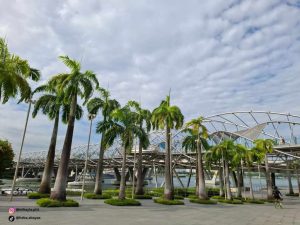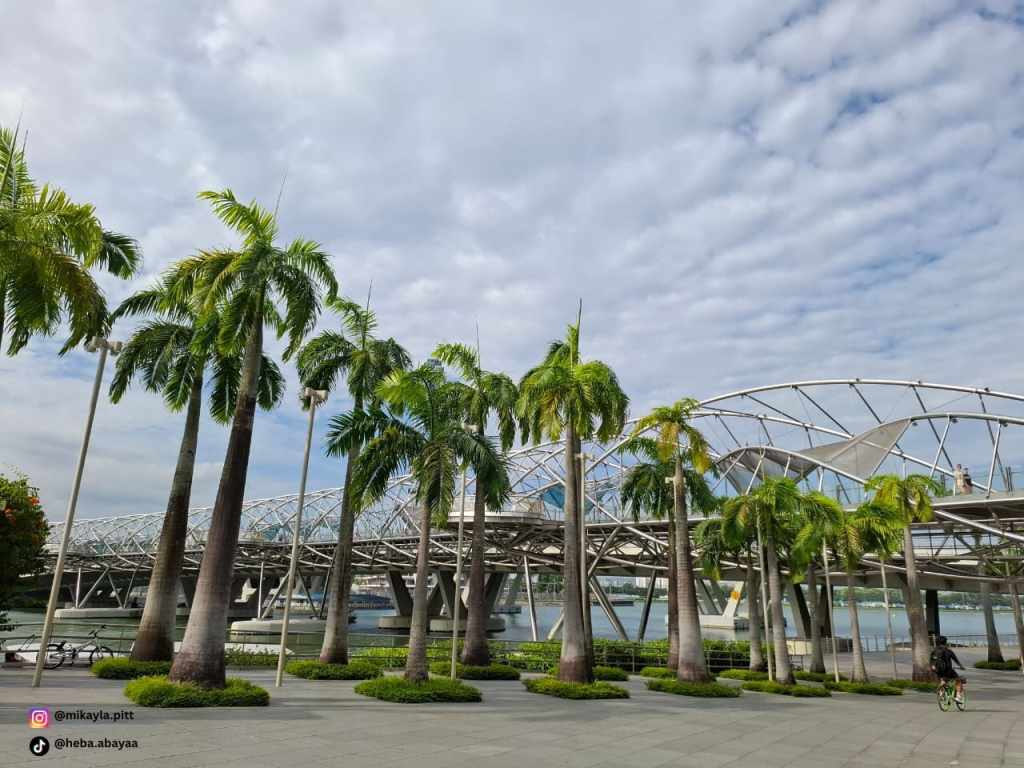Dengarkan Artikel
If you’re a teacher, student, or parent in Indonesia, you know this scene all too well. Just as everyone finally gets their bearings with a new curriculum, the rug gets pulled out. A new minister takes office, a new policy is announced, and suddenly, we’re all back to
square one, deciphering a new set of rules, goals, and teaching modules.
This isn’t just a minor adjustment; it’s a dizzying cycle that leaves our classrooms in a perpetual state of whiplash. We’re stuck on a reform merry-go-round, and frankly, many of us are feeling dizzy.
We keep being told that each change is for the better—more modern, more relevant.
But from where I stand, this relentless churn feels less like progress and more like we’re
rearranging deck chairs on a ship that’s struggling to stay afloat. The intention to
improve is noble, but the execution is exhausting. Let’s talk about the real, human cost of this endless reform.
The Political Football We Call a Curriculum
Let’s be blunt: our national curriculum has become a political trophy. It seems that with
every change in leadership at the Ministry of Education, we get a new “vision.” The
previous curriculum, into which teachers poured years of their lives and passion, is often
sidelined to make way for the latest flagship program. This isn’t really about what’s best
for our children in the long run; it’s about legacy-building on a five-year political cycle.
The curriculum becomes a symbol of a new era, rather than a carefully nurtured,
long-term project for the nation.
The result? A complete lack of stability. How can a school principal in Medan or a local
education office in Surabaya plan for the next decade when the very foundation of what
we teach can change after an election? This political ping-pong game creates a system
in permanent “beta-testing,” and the first casualty is any sense of long-term, coherent
strategy. We’re building a skyscraper but keep changing the blueprints after every few
floors.
The Teacher’s Burden: Always Starting from Scratc
Now, put yourself in the shoes of a dedicated teacher in Surabaya. She’s spent
countless evenings and weekends mastering the 2013 Curriculum (K13), creating
engaging local-content materials, and tailoring her methods to her students’ needs.
Then, “Merdeka Belajar” arrives.
Suddenly, she’s told to start over. New learning outcomes, new teaching modules, a
new philosophy. The promised training? For many, it was a rushed, chatter-filled
webinar that left more questions than answers. She’s left feeling like a novice all over
again, her hard-earned expertise suddenly deemed outdated. This isn’t just an
administrative headache; it’s a fast track to burnout and demoralization.
We’re asking our teachers to be superheroes while constantly changing the definition of what “saving the day” even looks like.
I recall a conversation with a senior teacher in Medan, North Sumatra. She told me, with
a tone of deep resignation, “I used to have a shelf of lesson plans I was proud of. Now, I
have a hard drive full of abandoned files from three different curricula. It feels like my
professional life is measured in obsolete syllabuses.” This emotional toll is the
uncalculated cost of our reform frenzy.
Our Students: The Lost Navigators
For a student, this constant change is utterly disorienting. Think of it like trying to follow
a map where the landmarks and roads keep shifting every year. One year, the focus is
on rote memorization.
The next, it’s all about critical projects and portfolios—abwonderful skill, but one they’re thrown into without a solid foundation. It’s like being told to switch from learning the rules of soccer to the rules of basketball in the middle of a championship game.
Their learning journey becomes a series of disconnected dots instead of a coherent line.
How can you build a deep understanding of mathematics or a love for literature when
the rules of the game change every time you turn the page? This inconsistency doesn’t
just hurt their test scores; it undermines their very ability to see knowledge as something
stable and trustworthy. They become adept at adapting to new systems, but miss out on
the deep, cumulative learning that comes from consistency.
The Great Divide:
When Change Isn’t Equal And let’s not forget, these changes don’t hit everyone the same way. A well-funded private school in Jakarta might get slick new tablets and intensive teacher workshops. But what about a school in a remote part of Papua or a village in Kalimantan struggling with basic infrastructure and internet access? The digital components of new curricula
often assume a level of connectivity that simply doesn’t exist for all.
Piling a complex, resource-heavy new curriculum onto these schools is like giving a
detailed recipe for a gourmet meal to someone who only has a campfire and one pot.
It just widens the already gaping chasm of educational inequality. The reform intended
to lift all boats often ends up leaving the most vulnerable ones even further behind,
creating a two-tiered system where opportunity is defined by zip code.
Merdeka Belajar: A Beacon of Hope or Just the Latest Trend?
Now, enter Merdeka Belajar (Freedom to Learn). I’ll be honest—the principles are
beautiful. More flexibility, less rigid content, a focus on critical thinking. It feels like a
direct response to the fatigue we all feel. Many of us are cautiously hopeful, crossing
our fingers that this might be the one that sticks.
The idea of empowering teachers and
students to take control of their learning journey is precisely what we need.
But let’s be real—we’ve been hopeful before. The real test for Merdeka Belajar won’t be
its elegant design on paper, but whether it’s given the one thing no other curriculum has
had: time. Will it be shielded from the political winds and given a decade of consistent
support, refinement, and, most importantly, patience? Or will it, too, be replaced when
the next big idea comes along? Its success hinges on our collective will to break the
cycle.
It’s Time to Stop Shuffling and Start Building
So, where does this leave us? The solution isn’t another grand, top-down overhaul. In
fact, it’s the exact opposite.
What we desperately need is stability. We need to treat our curriculum like the foundation of a house—something you build carefully, reinforce, and live in for
generations—not like a smartphone app that needs a flashy annual update.
This means making a bipartisan commitment to see a reform through, not for one political term, but for a full student generation.
Let’s give Merdeka Belajar a real chance by giving our teachers the sustained,
high-quality training they deserve and ensuring every school, from the city center to the outermost island, has the resources to make it work.
Our teachers and students are
exhausted from constantly learning new maps. It’s time we let them stop navigating the
bureaucracy and start enjoying the learning journey itself. Let’s choose depth over
novelty, and consistency over chaos. Our children’s future depends on it
Heba Abayaa
🔥 5 Artikel Terbanyak Dibaca Minggu Ini













Silahkan Komentar